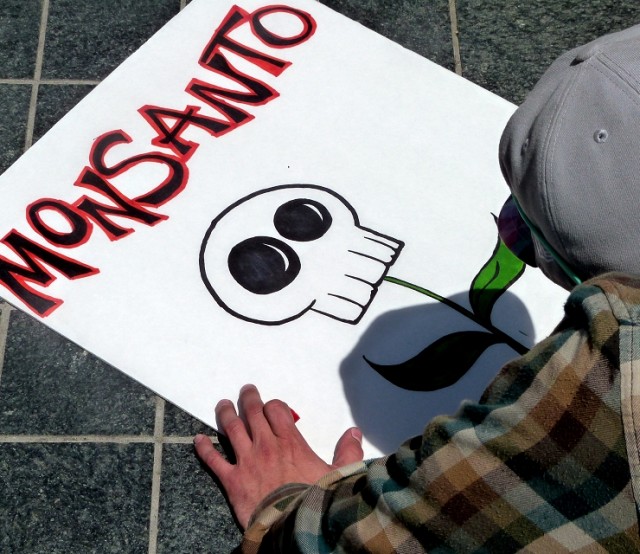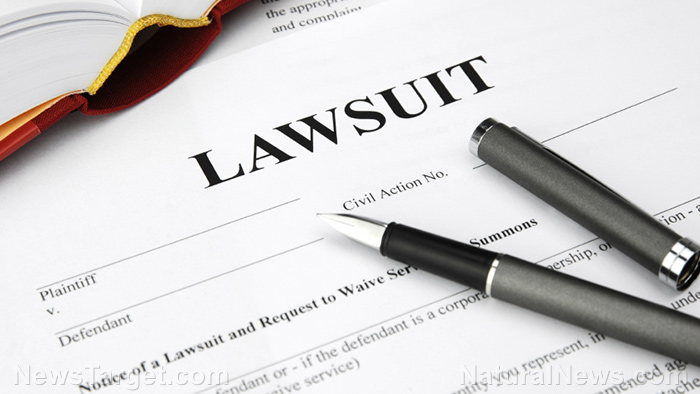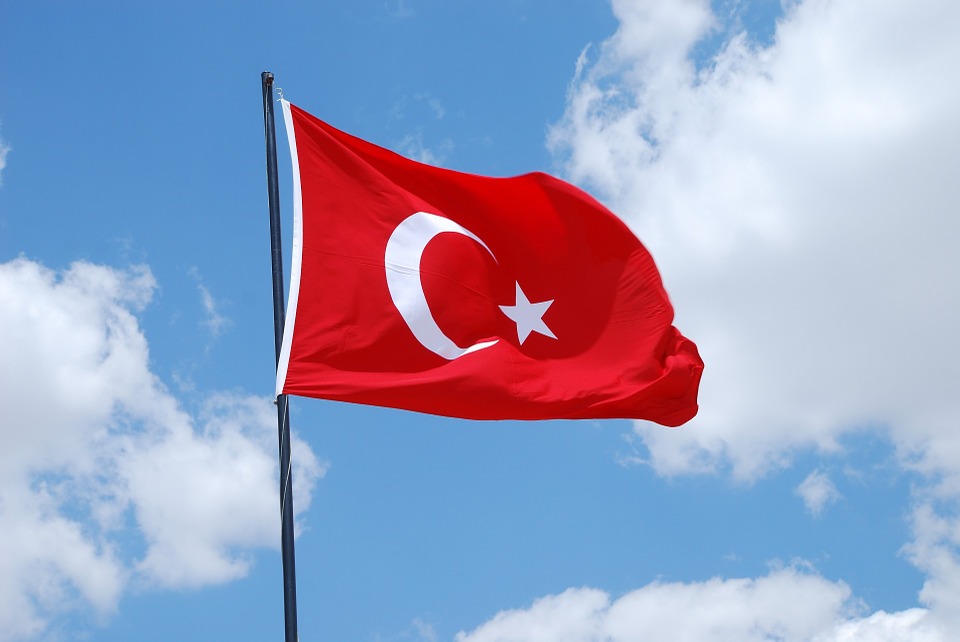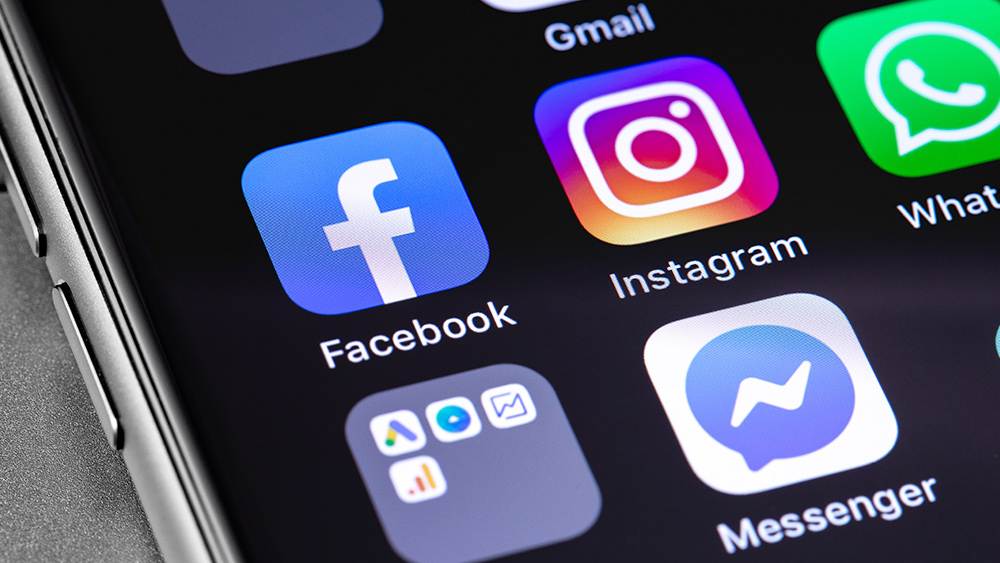
Several West Coast cities, including San Diego, Portland and at least half a dozen others, have also filed PCB lawsuits against Monsanto, but the Washington case marks the first time an entire state has entered into such litigation.
The state is seeking damages from the agribusiness giant on grounds of negligence, failure to warn the public about the dangers of PCBs, and trespass and injury of Washington’s natural resources.
Before becoming an agrichemical company, Monsanto was the sole manufacturer of PCBs, which were used as insulation for electronics and for many other industrial and commercial applications.
After PCBs were linked to cancer, birth defects, liver damage and other serious health problems, their use was finally banned in 1979. But the chemicals remain in the environment, even several decades later.
In a statement, Washington State Attorney General Bob Ferguson said:
"PCBs have been found in bays, rivers, streams, sediment, soil and air throughout Washington state, with more than 600 suspected or confirmed contamination sites from Puget Sound to the Wenatchee River, Lake Spokane to Commencement Bay."
Monsanto lied about the dangers of PCBs for decades
Ferguson accused Monsanto of manufacturing PCBs "for decades while hiding what they knew about the toxic chemicals' harm to human health and the environment."
His accusation was based on documents that showed Monsanto knew from the very beginning that PCBs were toxic.
From The Associated Press:
“Ferguson, a Democrat, pointed to internal Monsanto documents that show the company long knew about the danger the chemicals posed. In 1937, an internal memo said testing on animals showed ‘systemic toxic effects’ from prolonged exposure by inhaling PCB fumes or ingestion.”
Other committee memos from the following decades showed that the company was aware all along of the dangers associated with PCBs, but in 1969 Monsanto sent a letter to to the New Jersey Department of Conservation that said: "Based on available data, manufacturing and use experience, we do not believe PCBs to be seriously toxic."
Ferguson said that there are PCBs “in every waterway in the state,” including the Skagit River, where Ferguson’s ancestors settled in the 19th century.
"That river, the Skagit River, which my family depended on to a great degree in the 19th century as they homesteaded here, is now contaminated by PCBs, as are the fish," an infuriated Ferguson said. "That makes me mad."
Seattle’s Duwamish River has been designated an EPA Superfund cleanup site – largely due to PCBs – and the state Department of Health has issued 13 fish consumption advisories for several lakes and waterways polluted by the toxic chemicals.
Not surprisingly, Monsanto has denied any wrongdoing, saying that PCBs were a “lawful and useful product,” and that any cleanup costs are the responsibility of “third parties” that used Monsanto’s PCBs to manufacture “other useful products."
But if Monsanto lied about the dangers of PCBs – as the company’s own documents indicate – then the courts may rule in favor of the plaintiff, which in this case could mean damages amounting to millions or even billions of dollars.
Monsanto’s toxic legacy
It’s impossible to name another company that has played a bigger role in poisoning the planet than Monsanto. Between PCBs, glyphosate, DDT, Agent Orange and other toxic products, the risk of the average person’s developing serious health issues has been multiplied beyond measure by a single, greedy corporation.
It appears that Monsanto can no longer hide behind its lies as easily as it once did – public awareness is increasing as new lawsuits continue to be filed and new information becomes available exposing the dangers of glyphosate, GMOs and the company’s deceptive practices in general.
It may take more than a single lawsuit to put Monsanto out of business for good, but it’s a step in the right direction.
Sources:
Please contact us for more information.























